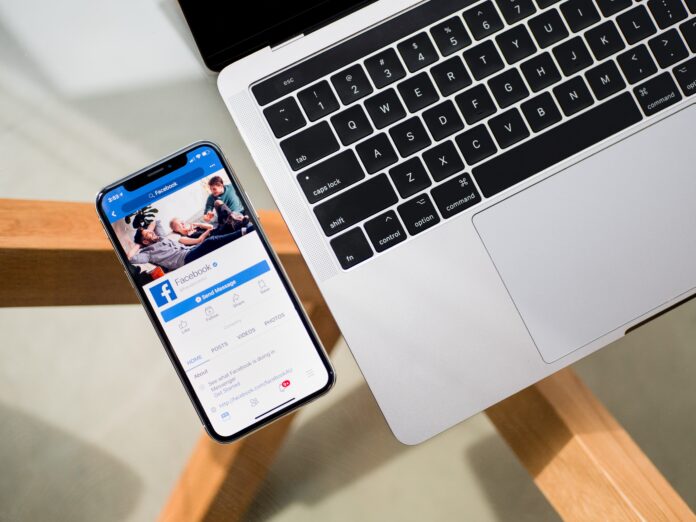Digital media is a broad term that encompasses various forms of media content and communication that are created, distributed, and consumed through digital technologies. It has transformed the way we access information, communicate with others, and engage with entertainment and news. The term “digital media” is used to describe a wide range of platforms and formats, including websites, social media, online videos, digital advertisements, mobile apps, podcasts, and more. This article explores the world of digital media, its impact on society, and the opportunities and challenges it presents.
In today’s interconnected world, digital media has become an integral part of our daily lives. People rely on digital media for various purposes, such as staying informed about current events, connecting with friends and family, exploring new ideas and perspectives, and entertaining themselves. The ubiquity of digital media is evident in the staggering amount of time people spend online and the vast array of platforms and services available to them.
Digital media offers numerous advantages over traditional forms of media. One key advantage is its accessibility. With just a few clicks or taps, users can access a wealth of information and media content from virtually anywhere in the world. The internet has democratized the creation and distribution of content, allowing individuals and organizations to share their ideas, stories, and creativity with a global audience. This accessibility has also given rise to new voices and perspectives that may have been marginalized in traditional media.
Moreover, digital media has revolutionized communication by enabling real-time, interactive exchanges. Social media platforms, for example, have transformed the way people connect and share information. Users can engage in conversations, express their opinions, and participate in online communities. Digital media has also facilitated the rise of citizen journalism, allowing ordinary individuals to report and share news events as they unfold. This participatory nature of digital media has challenged the traditional gatekeepers of information and empowered individuals to have a voice in public discourse.
In the realm of entertainment, digital media has opened up new possibilities for creativity and consumption. Streaming services, such as Netflix and Spotify, have revolutionized how we watch movies, TV shows, and listen to music. Instead of being limited to scheduled broadcasts or physical media, users can now access a vast library of content on demand. This has given rise to binge-watching and personalized playlists, where individuals have greater control over what, when, and how they consume media.
Digital media has also had a profound impact on the advertising industry. Traditional forms of advertising, such as print and television, have been supplemented and, in some cases, surpassed by digital advertising. Platforms like Google and Facebook have leveraged the vast amount of user data they collect to offer highly targeted and personalized advertising. Advertisers can reach specific demographics and track the effectiveness of their campaigns in ways that were not possible before. This shift has disrupted the advertising landscape, leading to new business models and challenges for traditional media companies.
Despite its numerous benefits, digital media also presents challenges and concerns. One of the key issues is the proliferation of misinformation and fake news. The ease of sharing information on digital platforms has led to the spread of misleading or false information, which can have significant consequences for individuals and society at large. Addressing this challenge requires a combination of technological solutions, media literacy education, and responsible platform governance.
Another concern is the impact of digital media on privacy and personal data. As users engage with digital platforms, they generate vast amounts of data that are often collected and analyzed by companies. This data can be used for targeted advertising, but it also raises questions about user privacy and data protection. Striking the right balance between personalized experiences and protecting user privacy is an ongoing challenge for the digital media industry.
Furthermore, the digital divide remains a significant issue. While digital media has expanded access to information and communication for many, there are still communities and individuals who lack reliable internet access or face barriers to entry due to socioeconomic factors. This digital divide exacerbates existing inequalities, limiting access to educational resources, job opportunities, and social connectivity. Bridging the digital divide requires concerted efforts from governments, organizations, and technology companies to ensure equitable access to digital media and the necessary infrastructure.
The evolution of digital media has also had a profound impact on traditional media industries. Newspapers, magazines, and broadcast networks have faced significant challenges in adapting to the digital landscape. The shift from print to online consumption has disrupted traditional revenue models, leading to declines in advertising revenue and subscription rates. Many media organizations have had to undergo significant transformations, embracing digital strategies and exploring new revenue streams to remain viable in the digital era.
However, digital media has also presented opportunities for traditional media outlets to innovate and reach wider audiences. News organizations have expanded their online presence, offering multimedia content, interactive features, and real-time updates. They have embraced social media platforms to engage with readers and share news stories. Furthermore, digital media has allowed for more targeted and personalized advertising, offering potential revenue streams for media companies.
The rise of digital media has also impacted the entertainment industry. Streaming platforms have disrupted the traditional distribution model, challenging the dominance of movie theaters and cable television. Online video-sharing platforms like YouTube have given rise to a new generation of content creators, offering opportunities for individuals to gain fame and financial success through their digital creations. Music streaming services have transformed the way music is consumed, with playlists and algorithmic recommendations shaping our listening habits.
Digital media has not only transformed the production and consumption of media content but has also influenced the way we think, behave, and interact as individuals and as a society. The constant exposure to digital media can shape our perceptions, beliefs, and values. Social media platforms, in particular, have been criticized for fostering echo chambers and filter bubbles, where users are predominantly exposed to information and viewpoints that align with their existing beliefs. This can contribute to polarization and hinder critical thinking and open dialogue.
Moreover, the addictive nature of digital media, driven by features such as notifications and infinite scrolling, has raised concerns about its impact on mental health and well-being. Excessive use of digital media can lead to decreased productivity, social isolation, and increased anxiety and depression. Recognizing these challenges, individuals and organizations are increasingly advocating for digital well-being practices, such as setting boundaries on screen time and promoting mindful engagement with digital media.
In conclusion, digital media has revolutionized the way we create, distribute, and consume media content. Its accessibility, interactivity, and vast array of platforms have transformed communication, entertainment, and advertising. However, digital media also presents challenges, including the spread of misinformation, privacy concerns, the digital divide, and its impact on traditional media industries and societal well-being. As digital media continues to evolve, it is crucial to address these challenges while harnessing its potential to foster connectivity, creativity, and positive societal change.






















